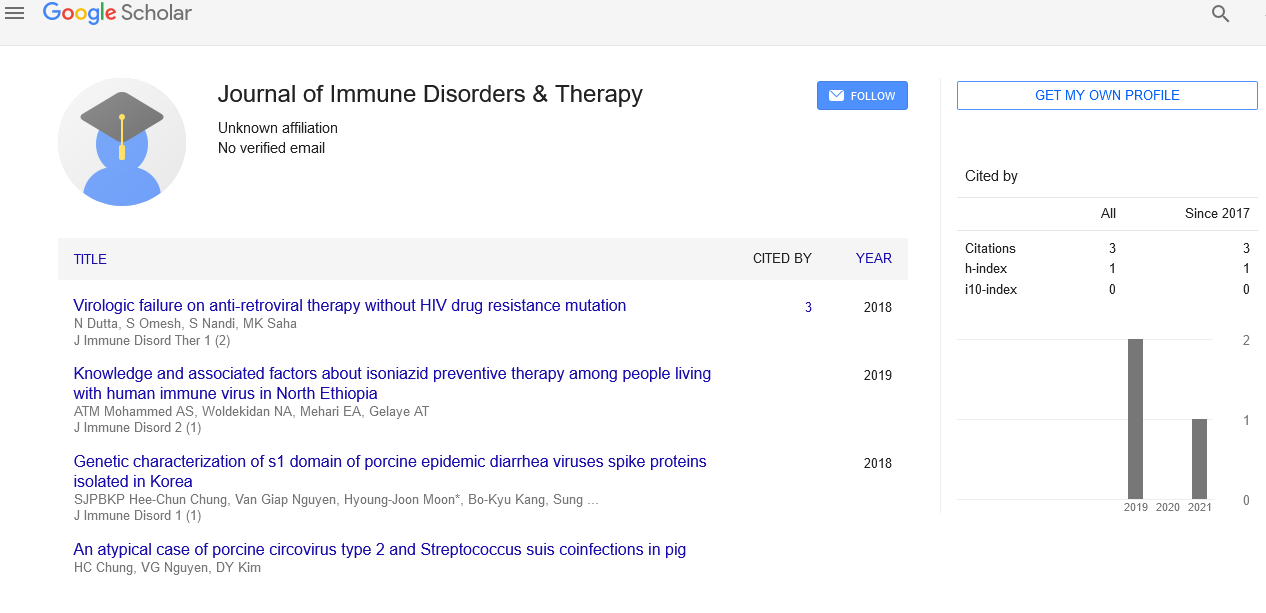Imaging in Cancer Immunology: Phenotyping of Multiple Immune Cell Subsets In Situ in FFPE Tissue Sections
Received: 10-Jun-2021 Accepted Date: Jun 24, 2021; Published: 01-Jul-2021, DOI: 10.37532/puljidt.2021.4(3).005
This open-access article is distributed under the terms of the Creative Commons Attribution Non-Commercial License (CC BY-NC) (http://creativecommons.org/licenses/by-nc/4.0/), which permits reuse, distribution and reproduction of the article, provided that the original work is properly cited and the reuse is restricted to noncommercial purposes. For commercial reuse, contact reprints@pulsus.com
Abstract
Cancer immunotherapy is involves in the targeted immunebased strategies that unleash of the patient’s immune system to fight cancer.
Over the past two decades, with the advances in our understanding the regulation of immune responses, immunotherapy has been become
established as one of the pillars for the cancer treatments
Introduction
There has been the rapid grown in the field of tumor immunobiology in recent years as a result of the recent successes for cancer immunotherapies and it becames clear that immune cells play sometimes conflicting roles in the tumor microenvironment. However, obtaining of phenotypic information about the various immune cells that plays the roles in and around the tumor has been a challenge. Existing methods can either delivered phenotypic informations on the homogenous samples (e.g., flow cytometry or PCR) or morphological information for single immunomarkers . We presented here a methodology for delivering quantitative per-cell marker expressions and phenotyping, analogous to that obtained from flow cytometry but from the cells imaged in situ in FFPE tissue sections. This methodology combines with the sequential multi-marker labeling of up to the 6 antigens using the antibodies all of the same species in to a single section; automated multispectral imaging (MSI) for removal of the typically problematic FFPE tissue auto fluorescence and for the correct cross-talk between fluorescent channels and automated image analysis that can be quantitate for the percell marker expression, determine the cellular phenotype, count these cells separately in that tumor compartment and in the stroma and provide highresolution images for their distributions. We presented here several examples of the new methodology in the breast, lung, head and neck cancers. Each application will show 6-plex multiplexed staining, per-cell quantitation of each marker and multi-marker cellular phenotyping from the multispectral images of standard clinical biopsy sections as well as methods for the explore the spatial distributions for the phenotyped cells in and around the tumor.





